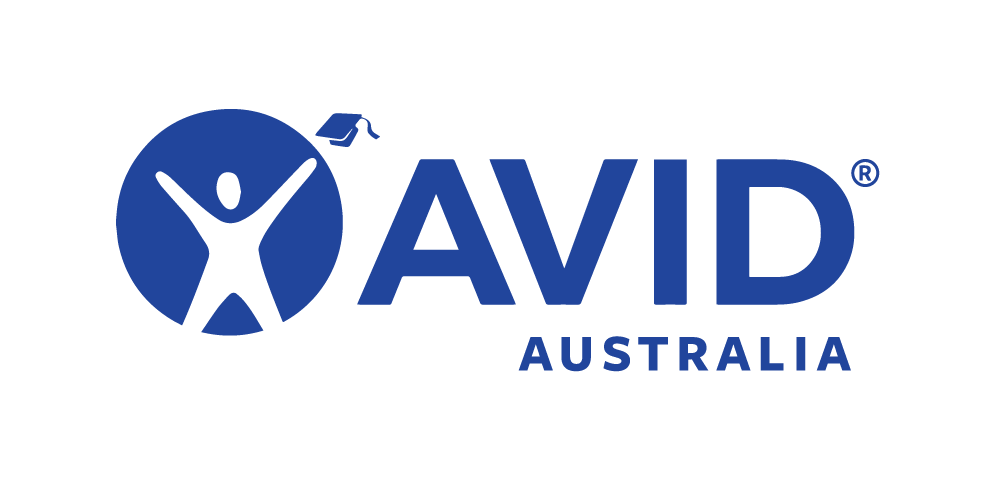Mathematics Applications is an ATAR course which focuses on the use of mathematics to solve problems in contexts that involve financial modelling, geometric and trigonometric analysis, graphical and network analysis, and growth and decay in sequences. It also provides opportunities for students to develop systematic strategies based on the statistical investigation process for answering questions that involve analysing univariate and bivariate data, including time series data.
Prerequisites:
Minimum is C grade in Year 11 Mathematics Applications.
Syllabus:
The Year 12 syllabus is divided into two units, each of one semester duration, which are typically delivered as a pair. The notional time for each unit is 55 class contact hours.
Unit 3
Unit 3 contains the three topics:
3.1 Bivariate data analysis
3.2 Growth and decay in sequences
3.3 Graphs and networks
‘Bivariate data analysis’ introduces students to some methods for identifying, analysing and describing associations between pairs of variables, including using the least-squares method as a tool for modelling and analysing linear associations. The content is to be taught within the framework of the statistical investigation process.
‘Growth and decay in sequences’ employs recursion to generate sequences that can be used to model and investigate patterns of growth and decay in discrete situations. These sequences find application in a wide range of practical situations, including modelling the growth of a compound interest investment, the growth of a bacterial population, or the decrease in the value of a car over time. Sequences are also essential to understanding the patterns of growth and decay in loans and investments that are studied in detail in Unit 4.
‘Graphs and networks’ introduces students to the language of graphs and the way in which graphs, represented as a collection of points and interconnecting lines, can be used to analyse everyday situations, such as a rail or social network.
Unit 4
Unit 4 contains the three topics:
4.1 Time series analysis
4.2 Loans, investments and annuities
4.3 Networks and decision mathematics.
‘Time series analysis’ continues students’ study of statistics by introducing them to the concepts and techniques of time series analysis. The content is to be taught within the framework of the statistical investigation process. ‘Loans, investments and annuities’ aims to provide students with sufficient knowledge of financial mathematics to solve practical problems associated with taking out or refinancing a mortgage and making investments. ‘Networks and decision mathematics’ uses networks to model and aid decision making in practical situations.
Assessments:
Response: 40%.
Investigation: 20%.
Examination: 40%
More Information:
For further information regarding this course click here.












